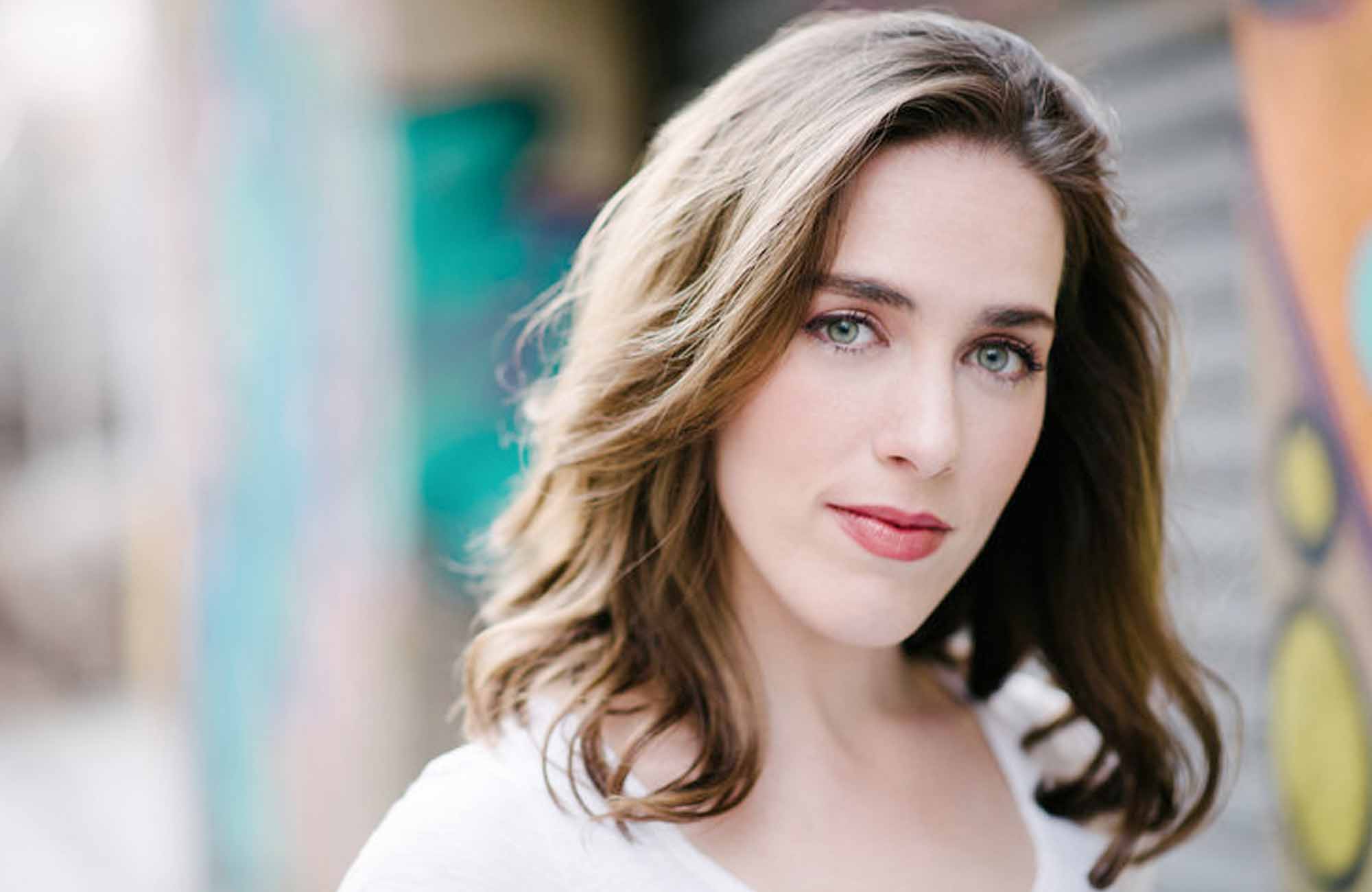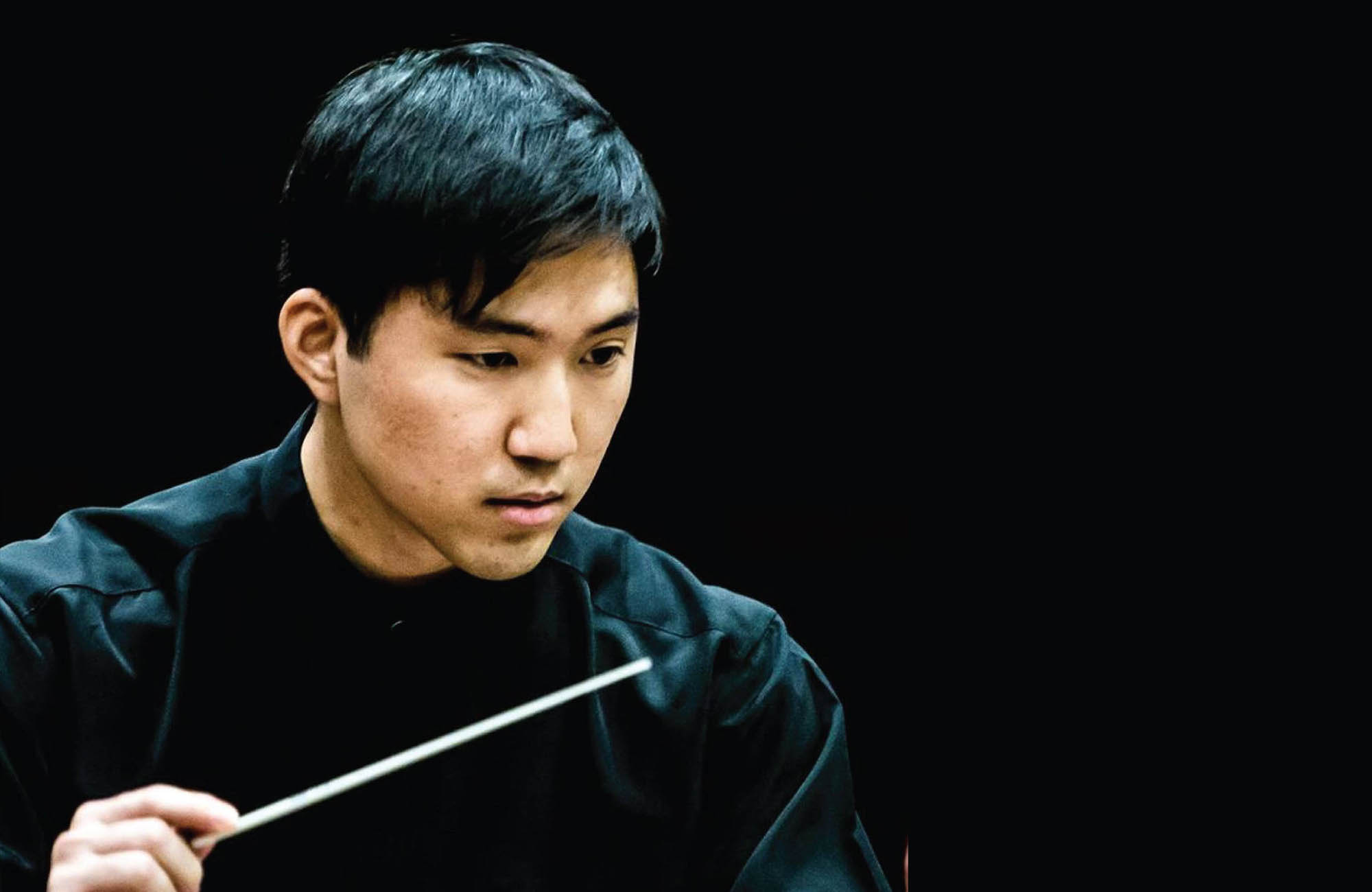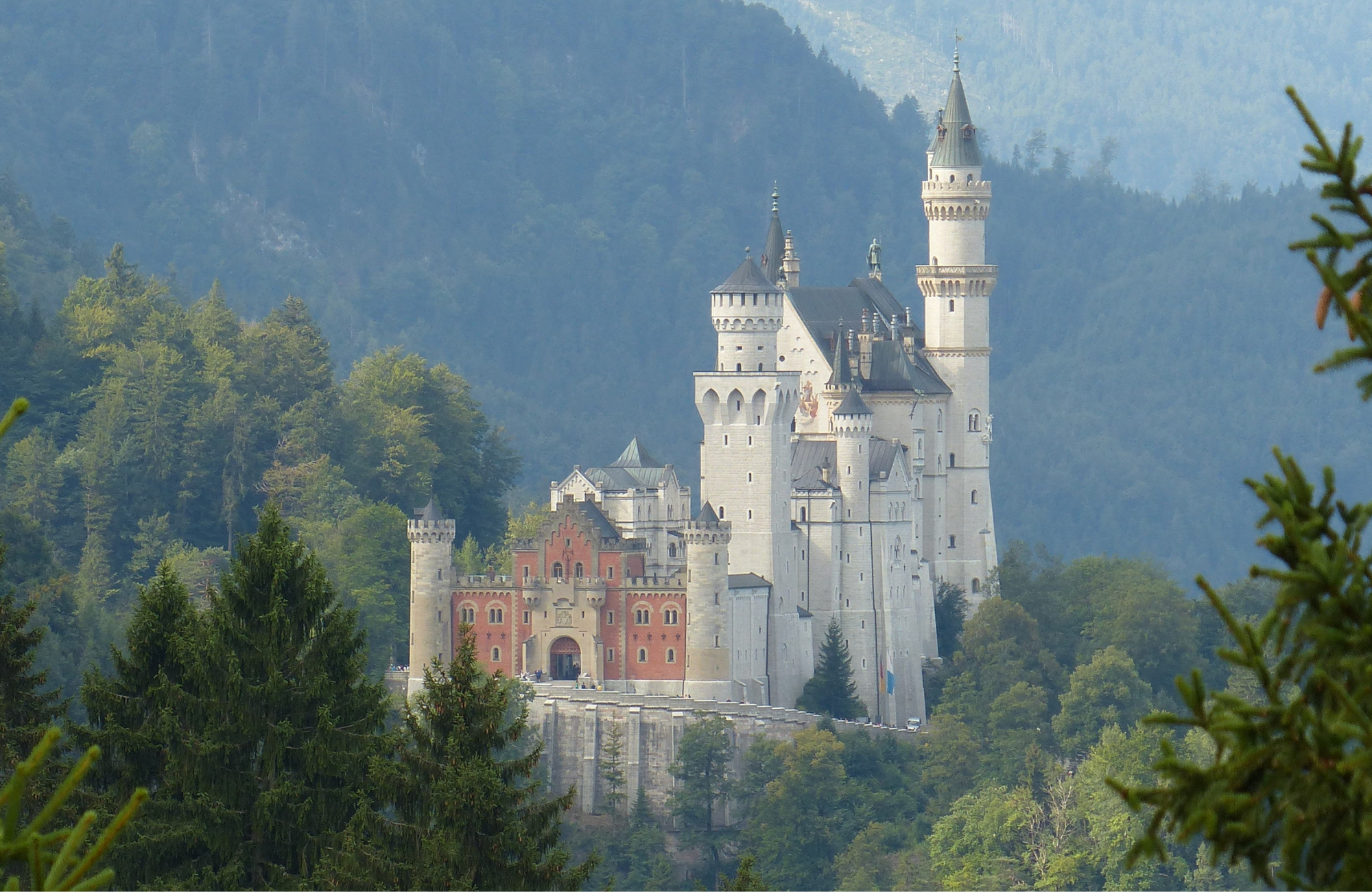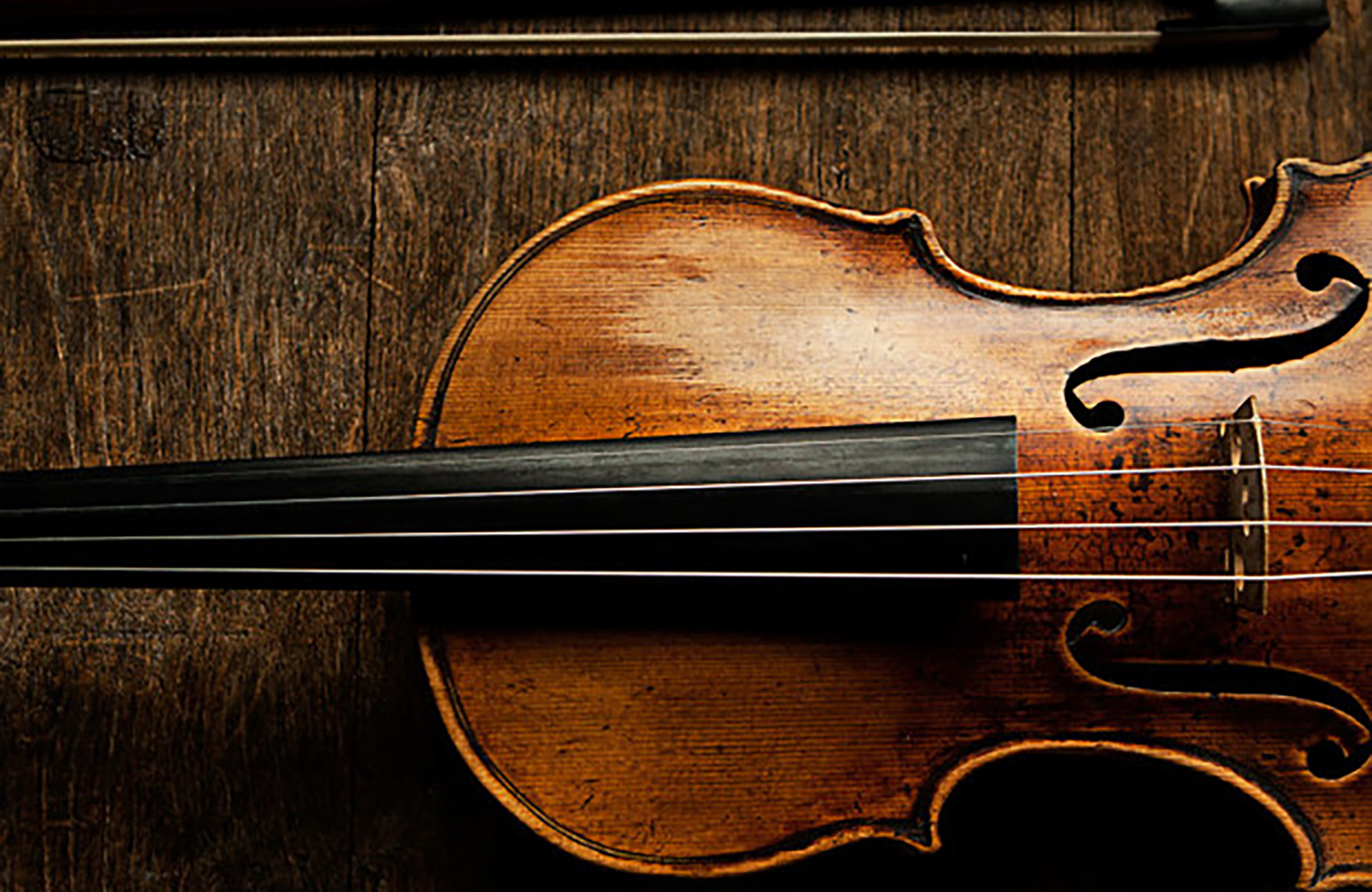If you’re excited about May’s performance of Mahler’s Symphony No. 2, you’ll love this concert! Symphoria opens with a Bach Suite arranged by Gustav Mahler followed by selected songs composed by his wife, Alma Mahler. Beethoven’s Symphony No. 6 also known as the Pastoral Symphony takes us through Vienna’s countryside.
PROGRAM
MAHLER (arr.): Bach Suite
ALMA MAHLER: Vier Lieder
BEETHOVEN: Symphony No. 6 in F Major, Op. 68 ![]()
PROGRAM NOTES
We’re ending our tenth-anniversary season with the grandest symphony in the 19th-century canon, the Symphony No. 2 (“Resurrection”) by Gustav Mahler (1860–1911). This afternoon’s concert is an appetizer for that celebration, featuring two of the works that Mahler himself conducted on his visit to Syracuse with the New York Philharmonic in 1910: Mahler’s own arrangement of movements from the Second and Third Orchestral Suites by Johann Sebastian Bach (1685–1750) and the 1808 Symphony No. 6 (“Pastorale”) by Ludwig van Beethoven (1770–1827).
Don’t expect Mahler’s Bach to sound much like Mahler’s own symphonies, though. Adaptations of baroque music have ...
We’re ending our tenth-anniversary season with the grandest symphony in the 19th-century canon, the Symphony No. 2 (“Resurrection”) by Gustav Mahler (1860–1911). This afternoon’s concert is an appetizer for that celebration, featuring two of the works that Mahler himself conducted on his visit to Syracuse with the New York Philharmonic in 1910: Mahler’s own arrangement of movements from the Second and Third Orchestral Suites by Johann Sebastian Bach (1685–1750) and the 1808 Symphony No. 6 (“Pastorale”) by Ludwig van Beethoven (1770–1827).
Don’t expect Mahler’s Bach to sound much like Mahler’s own symphonies, though. Adaptations of baroque music have been popular since the baroque period ended—and many of them (from Mozart’s arrangements of Handel’s oratorios to Stokowski’s lavish orchestrations of Bach’s organ music) recast the originals to meet the changing tastes of the audience. Mahler was doing something more respectful, even humble, recasting the originals to meet the changing acoustics of concert halls and the changing sound of larger, modern orchestras.
True, Mahler made some formal changes. He not only mingled movements from two different works to create what the program notes for the premiere called “stronger effects of contrast,” but he also combined the Rondeau and Badinerie of the Second Suite, and he played around with repeats. As a result, his four-part compilation takes on the shape of a symphony rather than a dance suite, one that saves the trumpets and drums for the grand finale. In at least one way, it’s a fairly modern symphony, too, since it ends in a different key than it began, the relative major of the opening movement (paralleling what happens in the Mahler Second). But elsewhere, as in his retuschen (retouchings) of Beethoven, Schumann, and others, he is largely aiming to evoke the composer’s intentions.
Three elements are particularly important. First is balance. As this afternoon’s conductor Moon Doh points out, Mahler “made it very practical for modern instruments to be given their actual voices.” We see this as early as a notation on the first page, where Mahler calls for additional flutes and even an optional clarinet in the forte passages, so that the treble parts can sound over the richer sound of a modern string section. Second, recognizing that players of his time had lost the ability to improvise the keyboard parts as skillfully as baroque musicians could, he wrote out more elaborate continuo parts (including a part for organ in the first movement)—although still asking for further improvisation from the players. Third, Bach’s originals included very few expression markings; Mahler added articulation, dynamics, and phrasing. Doesn’t this, in some sense, limit conductors who would normally add such details on their own? Not at all, says Moon. “It gives me a good starting point and saves many hours of painful brainstorming.” And, he adds with a smile, “As Mahler has retouched Bach, who says I can’t retouch Mahler?”
In sum, this is closer to a practical performing edition than it is to an adaptation. Still, it’s representative of its time. For while it aims at revealing Bach’s intentions, what we imagine to be a composer’s intentions depends on where we are situated, and the results here are no closer to a 21st-century historically informed performance than they are to Stokowski’s Bach.
Beethoven’s Sixth Symphony is, for Moon, the “most human” of the Beethoven symphonies. Although generally known as the “Pastorale,” Moon prefers to focus on its second title, “Recollections of Country Life,” since it offers “a great sense of what living out in the country might have been like.” Technically, it has five descriptive movements (the last three played without pause) describing, in turn, the feelings evoked by joy of awakening in the country, a scene by a brook (complete with bird calls), a happy gathering of peasants, a storm, and the shepherds’ thanks after the weather clears. But Moon sees the work in four movements rather than five, since “rain and rainbow always come together.” That observation has special resonance for him today. He had been scheduled to perform the Sixth, for the first time, a few years ago, and had gotten through rehearsals—only to have the storm of Covid cancel his concert. He sees this performance, then, as his promised, if much delayed, rainbow.
Mahler’s Syracuse concert also included three works by Wagner; today we are offering instead a set of songs published in 1915 by Mahler’s wife Alma Mahler-Werfel (1879–1964). That’s appropriate for several reasons. For Moon, “the first word that would have come out of my mouth when you mentioned her music would have been Wagner.” He also thinks that the songs go well with the Sixth, which he sees as Beethoven’s “most poetic” symphony. Then, too, as today’s singer Meredith Lustig says, “If you like Gustav Mahler, it’s imperative to investigate the songs of Alma. She helped edit his manuscripts: a bit of Alma has to be a part of his work, and not just as a beautiful woman who sat on the sofa and inspired him.”
And yet, I suspect that Gustav himself would not have been amused. There’s no space here to give a full outline of their turbulent marriage. Suffice it to say, whatever help Alma gave her husband, it was not an easy relationship. She was a composer before they married (she studied with Zemlinsky); Gustav tyrannically insisted that she give it up. She was sexually adventurous—and just as her beauty inspired him, her infidelity drove him to despair. (Both the joy and the hopelessness show up in his music). Eventually, perhaps in part because of her relationship with architect Walter Gropius (whom she later married, and who went on to found the Bauhaus), he relented and let her take up composing again, even helping her publish five songs right before he died. But she never returned to composition in a serious way. The four songs we’re hearing today, although published as late as 1915, were all written earlier, and she seems to have written only one or two songs in the last half-century of her life. All of her songs were written for voice and piano, but perhaps because their richness seems to call for more than the piano can offer, several composers have been drawn into orchestrating them. Today, we’re hearing versions by Mu’frida Bell.
It’s possible to read Alma as a victim, a woman prevented from developing her talents by an old-fashioned male; and certainly, had she considered Zemlinsky (who was deeply in love with her) to be more physically attractive, she might have found a husband more supportive of her efforts. But for Meredith, that reading is too simple: Alma, after all, made the choice to marry Gustav; and as muse to many artists, as mother, as patron of the arts—all while navigating the difficulties of mid-century Europe—she was anything but a pushover.
As for the songs themselves: they may at first appear to be simply four separate works, but Meredith sees a deeper connection. Although the texts were written by three different poets, she argues, Alma has stitched together a quilt that offers a story of a secret romance, a story that begins with a woman alone who demands the autonomy to “choose who to love”—but who realizes that “in making that choice, you’re giving something of yourself up. That’s a struggle—and maybe that’s why she never gave herself up for too long, because she wanted that autonomy.”
For the most part, the music is as dark as the Beethoven Sixth is light—indeed, the first song begins with the words “Darkness all around.” And even in the fourth song, a post-consummation greeting to the dawn, we hear what Meredith calls the “crunchiest” harmonies in the set. But the cycle does end luminously. Throughout the four songs, dynamics markings are on the quiet side—but the ending, marked ppppp, is quiet in the extreme: not even Gustav’s Das Lied von der Erde (still in the future) dared, in its final farewell, to end so softly. It will leave you breathless.
Peter J. Rabinowitz
Have any comments or questions? Please write to me at prabinowitz@ExperienceSymphoria.org
FEATURED ARTISTS

Praised for her “radiant soprano” and “outstanding dramatic presence,” Meredith Lustig has established herself as an artist of great versatility and sophistication. Her passion for music and love of storytelling has led to a diverse and eclectic career of opera, musicals, television, cabaret, recital, and symphonic appearances. She cherishes ...
Praised for her “radiant soprano” and “outstanding dramatic presence,” Meredith Lustig has established herself as an artist of great versatility and sophistication. Her passion for music and love of storytelling has led to a diverse and eclectic career of opera, musicals, television, cabaret, recital, and symphonic appearances. She cherishes the opportunity to champion new works, approaches a classic with fresh eyes and a respectful heart, and prizes a thoughtful collaborative process above all else.
Meredith made her professional debut in 2011 with New York City Opera playing the role of Giannetta in L’Elisir D’Amore. Additionally for the company, she sang the role of Cephisia in Telemann’s Orpheus (directed by Rebecca Taichman), covered the role of Max in Oliver Knussen’s Where the Wild Things Are, and participated in the VOX Festival of new opera singing Paola Prestini’s Dedeo.
Ms. Lustig is a former Resident Artist with Pittsburgh Opera. During her two seasons with the company she performed the roles of Papagena in The Magic Flute, Zina in Dark Sisters, Musetta in La Boheme, Carolina in Il Matrimonio Segreto, and Clorinda in Cenerentola. She continued her training with multiple summers spent as a young artist at The Glimmerglass Festival, The Aspen Music Festival, Songfest, The Ravinia Steans Institute, and the Bel Canto Institute in Florence, Italy.
Since then, favorite collaborations have included Bernstein’s Candide and Mass with the Philadelphia Orchestra under the baton of Yannick Nézet-Séguin, touring her one woman show To Sondheim, With Love with music director Jillian Zack, singing the role of Blanche Dubois in Andre Previn’s A Street Car Named Desire with maestro Michael Sakir for Opera Company Middlebury, originating the role of Megan in Robert Paterson’s The Whole Truth with the American Modern Ensemble, Claudine in Gluck’s L’Arbre Enchante with maestro Ryan McAdams for Hogfish, Eurydice in Offenbach’s Orphee Aux Enfers with conductor Ann Manson for Virginia Opera, Kate/Lilli in Cole Porter’s Kiss Me Kate and Laurey in Rodgers and Hammerstein’s Oklahoma at the Mac Haydn Theater, becoming a cold open call for The Tonight Show with Steven Colbert, filming Bernstein’s Mass for PBS Great Performances with conductor Marin Alsop, premiering songs by Adam Guettel and Paul Moravc with Steven Blier and Michael Barrett for the New York Festival of Song, performing Barber’s Knoxville: Summer 1915 with Symphoria, pops concerts with the Dallas Symphony, Detroit Symphony, Hong Kong Opera, Caramoor Music Festival, and Canada’s Centre National Des Arts, and appearing in recitals and co-teaching masterclasses for the Virginia Arts Festival with pianist and music director Rob Fisher.
Meredith holds both a Bachelor and Master Degree from the Juilliard School where she studied under the tutelage of Edith Bers. She is a 2012 District winner and 2013 third place Regional winner of the Metropolitan Opera National Council Auditions, a 2015 semi-finalist in the American Traditions Competition, a 2010 Town Hall Theater Broadway Rising Star, and the first recipient of the Juilliard Novick Career Grant. Ms. Lustig is a New Hampshire native and a proud graduate of the Walnut Hill School for the Arts and the Handel and Haydn Apprenticeship program.

Moon Doh is Assistant Conductor of the Pittsburgh Symphony Orchestra, appointed by Music Director Manfred Honeck in October 2021. A recipient of the Takaya Urakawa Foundation Grant awarded to promising young musicians, conductor Moon Doh has found great acclaim in various concert venues across Germany. As the Artistic Director and ...
Moon Doh is Assistant Conductor of the Pittsburgh Symphony Orchestra, appointed by Music Director Manfred Honeck in October 2021. A recipient of the Takaya Urakawa Foundation Grant awarded to promising young musicians, conductor Moon Doh has found great acclaim in various concert venues across Germany. As the Artistic Director and Conductor of the Flora Symphony Orchestra in Cologne for the past three seasons, he not only led exciting concerts but also worked closely with music pedagogues, reaching an unprecedented number of children through music. Moon’s latest collaborations include leading the WDR Funkhausorchester in Germany, Savaria Symphony Orchestra in Hungary, and Pleven Philharmonic in Bulgaria.
Born in South Korea, Moon spent much of his childhood in the Philippines, Russia, and the United States. At the age of nine, he began cello and piano studies in Russia and has since been performing with various youth and student orchestras across the globe. As a passionate advocate for young rising artists, he was the assistant conductor to the State Youth Orchestra of Hessen. In addition, he was also the conductor of the Under-16 Orchestra of Tonhalle Düsseldorf and regularly coached the Youth Orchestra of Essen. He is the conductor of the annual European Youth Music Week where talented young musicians across Europe gather for intense music making.
A staunch believer in empowering others, Moon has actively worked with asylum seekers in Hungary, children in underserved areas of Bangladesh, and inmates in Baltimore as the president of a student organization while completing his B.A. in International Relations and Economics from Johns Hopkins University.
In recent years, Moon has worked with many orchestras across Europe: Duisburger Philharmoniker, Dortmunder Philharmoniker, Düsseldorfer Symphoniker, Neue Philharmonie Westfalen, and Bergische Symphoniker in Germany, Romanian Chamber Orchestra in Romania, Malaga Philharmonic Orchestra in Spain, Sinfonietta Cracovia in Poland, and Ruse Philharmonic in Bulgaria to name a few.
Under the tutelage of Rüdiger Bohn, Moon received his bachelor’s and master’s degrees in orchestral conducting from the Robert Schumann Hochschule in Düsseldorf, Germany. Prior to his conducting studies, he received a B.A. in music composition from Sahmyook University in South Korea. Moon has participated in renowned music festivals such as Accademia Chigiana in Italy and Bartók Festival in Hungary. His conducting mentors include Cristian Măcelaru, Peter Eötvös, Jorma Panula, and Manuel Hernandez Silva.




